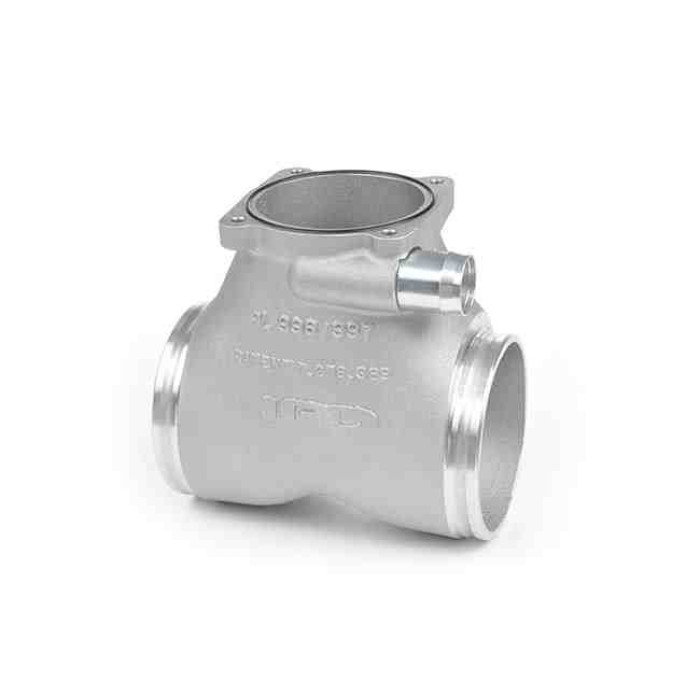

**Porsche M96 Engine Specifications: Torque and Power Output**
The Porsche M96 engine marks a pivotal development in the lineage of Porsche’s flat-six engines. Launched in the late 1990s, the M96 was the inaugural water-cooled flat-six engine utilized in Porsche’s production sports cars, signifying a transition from the air-cooled engines that had characterized the brand for years. Primarily engineered for the Porsche 996-generation 911 and the first-gen Boxster (986), the M96 engine was an essential element of Porsche’s contemporary period. This article delves into the torque and power outputs of the M96 engine in its various formats and applications.
—
### Overview of the M96 Engine
The M96 engine made its debut in 1997 with the arrival of the Porsche 996 Carrera and the 986 Boxster. It featured a naturally aspirated, horizontally opposed (flat-six) architecture with a water-cooled design. The engine was crafted to comply with stringent emissions standards while delivering enhanced performance and dependability compared to its air-cooled predecessors.
Key highlights of the M96 engine comprise:
– **Water-cooled aluminum block and cylinder heads**
– **DOHC (Dual Overhead Camshafts) incorporating VarioCam variable valve timing**
– **Built-in dry sump lubrication system**
– **Six-cylinder boxer layout**
—
### M96 Engine Variants and Performance Data
The M96 engine was manufactured in multiple displacements and configurations, each presenting varied torque and power outputs based on the model and production year.
#### 1. **M96/20 – 2.5L (Boxster 986 Base, 1997–1999)**
– **Displacement:** 2.5 liters
– **Power Output:** 201 hp (150 kW) @ 6,000 rpm
– **Torque:** 181 lb-ft (245 Nm) @ 4,500 rpm
This was the base variant of the M96, powering the original Boxster. It provided adequate performance for a lightweight roadster.
#### 2. **M96/22 – 2.7L (Boxster 986 Base, 2000–2004)**
– **Displacement:** 2.7 liters
– **Power Output:** 217 hp (162 kW) @ 6,400 rpm
– **Torque:** 192 lb-ft (260 Nm) @ 4,750 rpm
The 2.7L variant succeeded the 2.5L engine in the Boxster, delivering enhanced performance and responsiveness.
#### 3. **M96/23 – 3.2L (Boxster S 986, 2000–2004)**
– **Displacement:** 3.2 liters
– **Power Output:** 250 hp (184 kW) @ 6,250 rpm
– **Torque:** 225 lb-ft (305 Nm) @ 4,500 rpm
The Boxster S benefited from a more robust iteration of the M96, granting it remarkably superior acceleration and peak performance.
#### 4. **M96/01 – 3.4L (911 Carrera 996, 1999–2001)**
– **Displacement:** 3.4 liters
– **Power Output:** 296 hp (221 kW) @ 6,800 rpm
– **Torque:** 258 lb-ft (350 Nm) @ 4,600 rpm
This was the first iteration of the M96 engine leveraged in the 911 Carrera, signaling the onset of the water-cooled phase for the legendary 911.
#### 5. **M96/03 – 3.6L (911 Carrera 996, 2002–2004)**
– **Displacement:** 3.6 liters
– **Power Output:** 320 hp (235 kW) @ 6,800 rpm
– **Torque:** 273 lb-ft (370 Nm) @ 4,250 rpm
The enhanced 3.6L engine introduced greater power and torque, bolstering the performance and drivability of the 996 Carrera.
#### 6. **M96/05 – 3.6L (911 Carrera 4S, 996 Targa, 2002–2004)**
– **Displacement:** 3.6 liters
– **Power Output:** 320 hp (235 kW) @ 6,800 rpm
– **Torque:** 273 lb-ft (370 Nm) @ 4,250 rpm
This variant of the M96 was employed in the all-wheel drive Carrera 4S and Targa models, providing identical output as the standard 3.6L engine.
—
### Performance Highlights
The M96 engine series presented an extensive array of performance capabilities, from the agile and efficient 2.5L Boxster to the formidable 3.6L 996 Carrera. The torque






